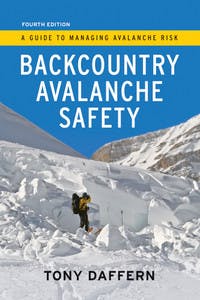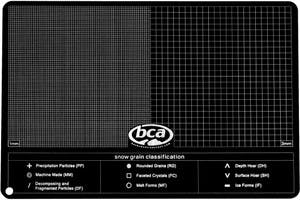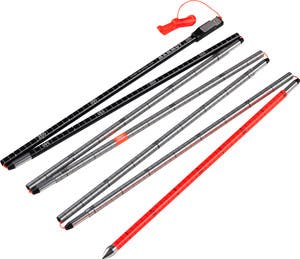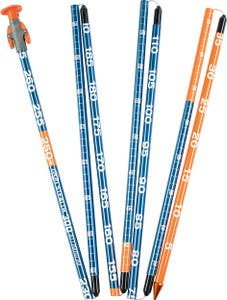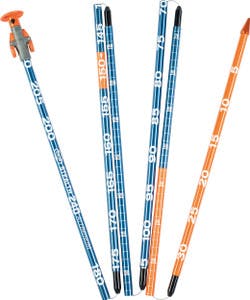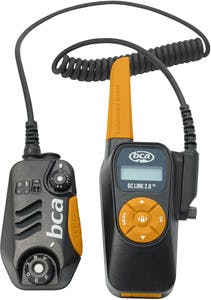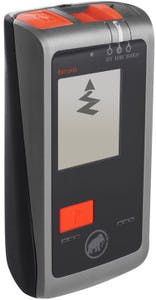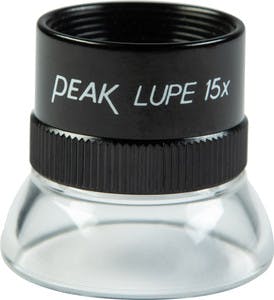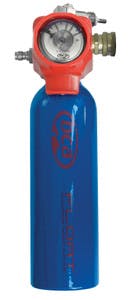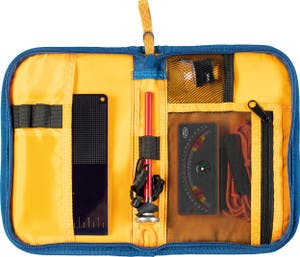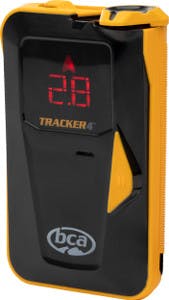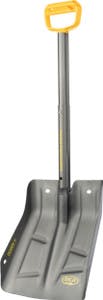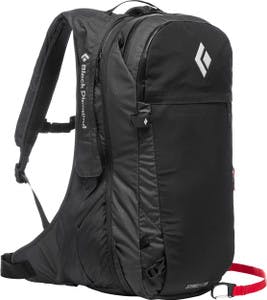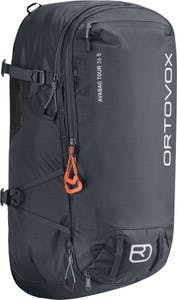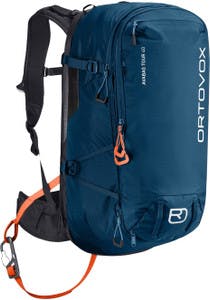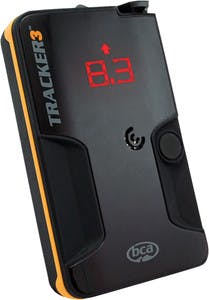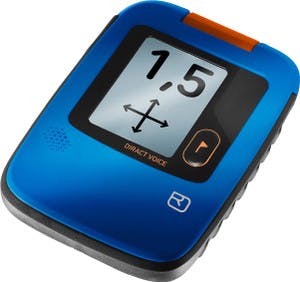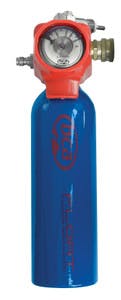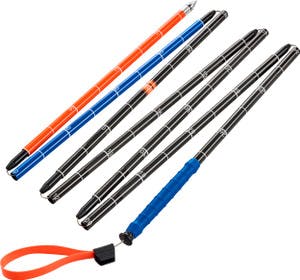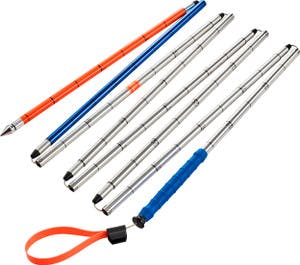Avalance safety gear
- (0)Backcountry Avalanche Safety - 4th Edition$24.95
- (28)Mammut Probe 320 Speed Lock$118.95
- (4)Mammut Barryvox S2 Beacon - Unisex$749.95
- (2)Backcountry Access Aluminum Snow Crystal Card$39.95
- (17)Mammut Probe 280 Speed Lock$108.95
- (19)Black Diamond Snow Saw Guide$74.95
- (0)Backcountry Access Stealth Probe - 330cm$129.95
- (0)Backcountry Access Stealth Probe - 240cm$99.95
- (1)Backcountry Access Backcountry Access Dozer 1T Avalanche Shovel$89.95
- (3)Backcountry Access BC Link 2.0$229.95
- (13)Mammut Carbon Probe 280 Speed Lock$144.95
- (427)Mammut Barryvox Transceiver $398.95
- (20)Mammut Mammut Alugator Ride 3.0 Avalanche Shovel$84.95
- (0)Backcountry Access Backcountry Access Dozer 2H Avalanche Shovel$109.95
- (41)Mammut Barryvox 1 Tour Package$578.95
- (5)Mammut Alugator Ultra Shovel$149.95
- (0)Black Diamond Quickdraw Pro Probe 280$99.95
- (0)Mammut Tour 30 Removal Airbag 3.0 Airbag Pack - Women's$1,014.95
- (23)Black Diamond Black Diamond Evac 7 Avalanche Shovel$119.95
- (0)Backcountry Access 15X Magnifique Loupe$69.95
- (72)Mammut Mammut Alugator Pro Light Avalanche Shovel$118.95
- (4)Backcountry Access Collapsible Ruler (2m)$39.95
- (0)Backcountry Access Float 2.0 Cylinder (Empty)$249.95
- (26)Black Diamond Black Diamond Transfer LT Avalanche Shovel$129.95
- (17)Black Diamond Transfer Shovel$84.95
- (1)Backcountry Access Snow Study Kit$149.95
- (0)Backcountry Access Tracker 4 Transceiver$449.95
- (1)Backcountry Access Backcountry Access Dozer 3D Avalanche Shovel$119.95
- (0)Ortovox Litric Tour 36S Avalanche Bag - Unisex$1,399.96$1,749.95
- (1)Backcountry Access Dozer 2D Shovel$99.95
- (1)Ortovox Badger Avalanche Shovel$51.96$64.95
- (42)Black Diamond Jetforce Pro 25L Avalanche Airbag - Unisex$1,359.94$1,699.95
- (0)Black Diamond Quickdraw Pro Probe 320$119.95
- (0)Backcountry Access Float E2 35L Avalanche Bag - Unisex$1,899.95
- (0)Ortovox Litric Tour 36S Zip Avalanche Bag - Unisex$159.96$199.95
- (1)Ortovox Litric Tour 40 Avalanche Bag - Unisex$1,399.96$1,749.95
- (0)Backcountry Access Stealth 300 Probe$119.95
- (0)Mammut Tour 30 Removal Airbag 3.0 Airbag Pack - Unisex$1,014.95
- (5)Backcountry Access Tracker 3 Transceiver$399.95
- (0)Ortovox Pro Rescue Shovel$119.96$149.95
- (0)Ortovox Litric Tour 30 Avalanche Bag - Unisex$1,339.96$1,674.95
- (0)Ortovox Diract Voice Transceiver$467.46$549.95
- (40)Mammut RAS/PAS Refillable Cartridge Full$289.95
- (0)Backcountry Access Thermometer$59.95
- (2)Pieps Powder BT Beacon$419.95
- (0)Backcountry Access Float 2.0 Cylinder (Full)$249.95
- (0)Backcountry Access Snow Saw$99.95
- (48)Black Diamond Jetforce Pro 35L Airbag - Unisex$1,359.94$1,699.95
- (0)Ortovox Carbon 280+ Pfa Probe$119.96$149.95
- (0)Ortovox Aluminum 320+ Pfa Probe$95.96$119.95
- (0)Backcountry Access Stealth 240 Probe$99.95
- (0)Ortovox Litric Tour 28S Avalanche Bag - Unisex$1,339.96$1,674.95
Compare (0)
Avalanche safety gear for staying safe on the mountains
The best strategy for surviving an avalanche is to avoid being caught in one in the first place. Whether you’re skiing, snowboarding, or snowshoeing in the backcountry, it’s crucial to be trained in avalanche awareness and to understand the conditions and terrain you plan to explore. While avalanche safety gear is essential, it’s only effective if you know how to use it, and none of this equipment can prevent an avalanche from occurring. Each person in your group should carry key safety tools, including a transceiver (or avalanche beacon), a probe and a shovel, as these are vital for locating and rescuing buried companions. A newer addition to backcountry safety is the avalanche airbag backpack, which can increase your chances of staying on the surface during an avalanche. However, gear alone is not enough; every member of your group must undergo avalanche skills training to be prepared for the challenges and risks of the backcountry. Stop by your local MEC to find all types of avalanche safety tools with advice from our expert staffers.
Avalanche transceivers and beacons
Avalanche transceivers, also called avalanche beacons, are compact electronic devices that emit a radio signal. Each member of your group must wear their own transceiver. In the event of an avalanche where someone is buried, the rest of the group can switch their devices to search mode to locate the buried individual using the transmitted signal. While modern transceivers are designed to be relatively user-friendly, it’s essential to practice with them regularly to ensure proficiency. Always turn on your transceiver at the start of your trip and leave it on throughout the day (“on at the car, off at the bar”).
Avalanche probes
Probes, made of aluminum or carbon fiber, resemble collapsible tent poles and typically extend to 240–300cm. For areas with deep snowpacks, 320cm probes are available. Beyond avalanche rescue, probes are also handy for testing crevasse bridges, assessing cornices, and measuring snowpack depth (especially with longer probes). Always ensure your probe is in good condition. Frequent use can wear out the mechanisms that lock the sections in place, and a malfunctioning probe could fail at a critical moment during a search.

